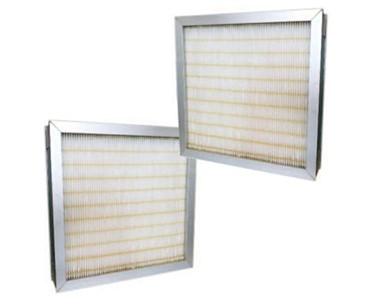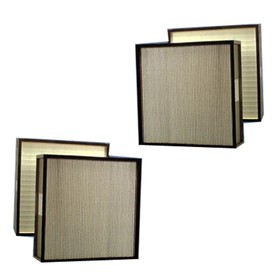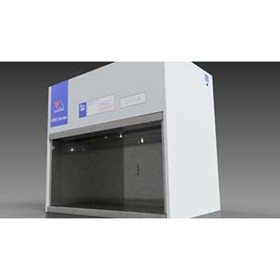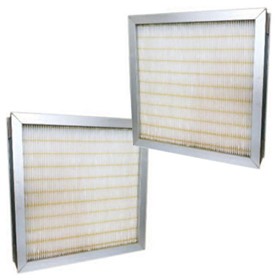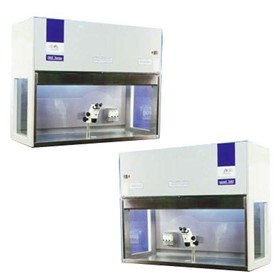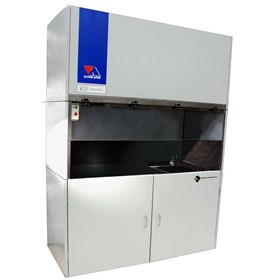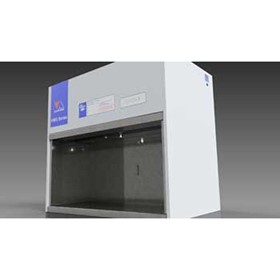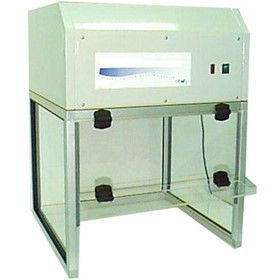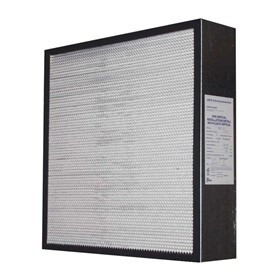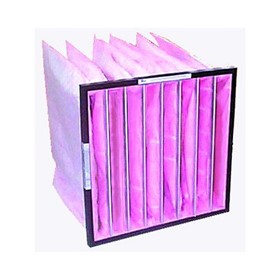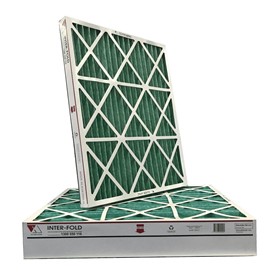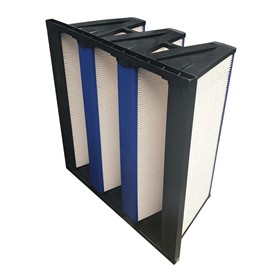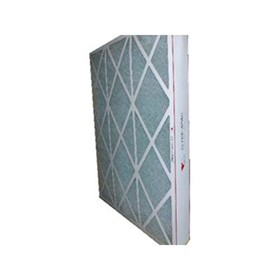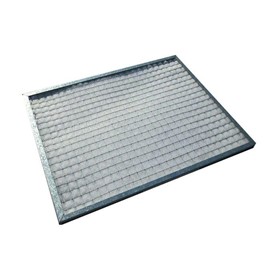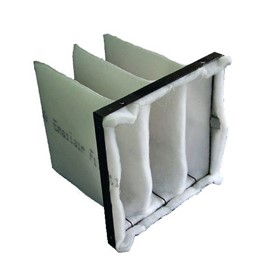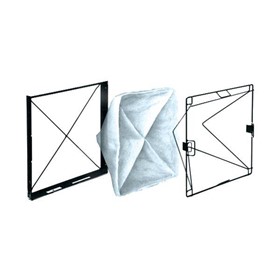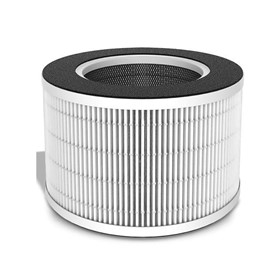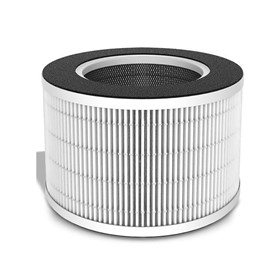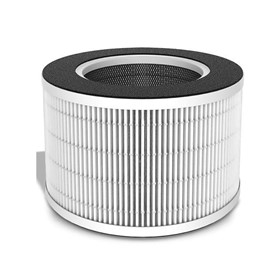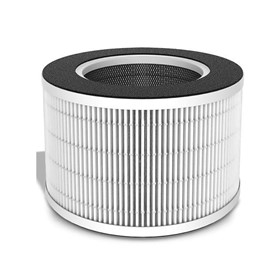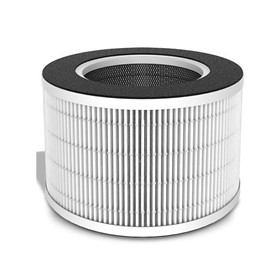DESIGN AND CONSTRUCTION
- A continuous sheet of special microfine glass-fibre filter medium is pleated into a vee configuration with corrugated aluminium separators inserted between the pleats. This forms the filter element which is bonded into a rigid corrosion-resistant steel frame with all joints encapsulated and sealed in a special urethane elastomer. Standard filters have a closed-cell neoprene gasket on the air-leaving side, and filters for fluid seal installation have an extended frame with a 60mm skirt to engage the sealant channel. Filters are produced in a wide range of face dimensions and in two standard depths of nominally 150mm and 300mm.
TESTING PROCEDURES
- Each filter is individually certified to the BS3928 Sodium Flame test. All testing is conducted in a NATA-registered factory laboratory, and a NATA-endorsed test label, being an extract of the test report, is affixed to each filter.
INSTALLATION
- Bio-HEPA filters should be the last item downstream in any ductwork or as close as possible to the area being served. Reasonable care should be taken in installing Bio-HEPA filters in order to avoid damage.
- A manometer, or another type of accurate pressure gauge, should always be used for every filter bank. Using such an instrument is the only way to be certain that the full life of the filter has been utilized. Clyde-Apac offers a variety of pressure gauges for this purpose.
PREFILTERS EXTEND Bio-HEPA FILTER LIFE
- Clyde-Apac offers a number of prefilter choices. Prefilters can extend the life of the Bio-HEPA filter from 45% to 800%. The life extension is dependent on a number of factors including the efficiency of the prefilter and the distribution of particulate sizes in the inlet airstream.


